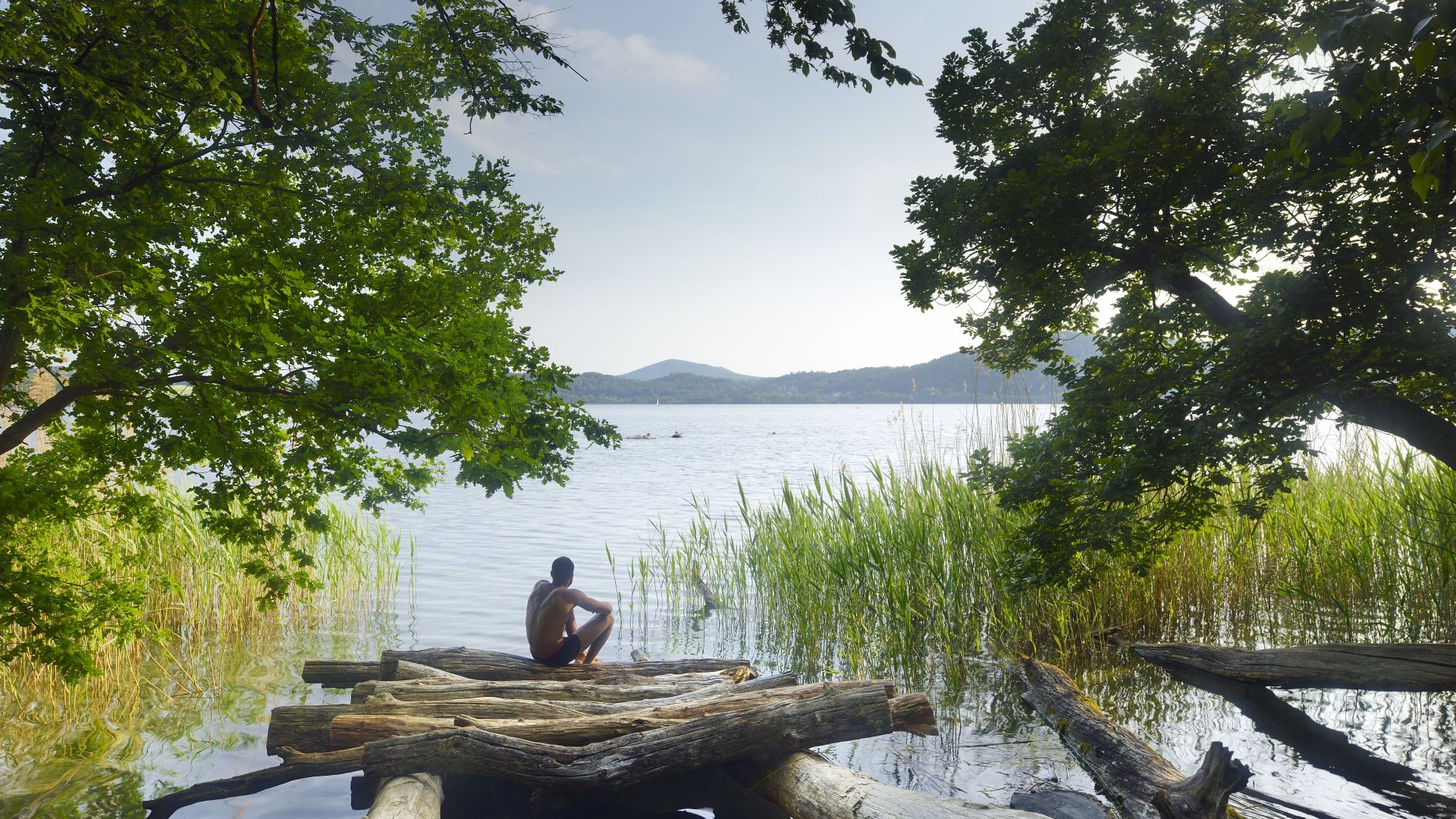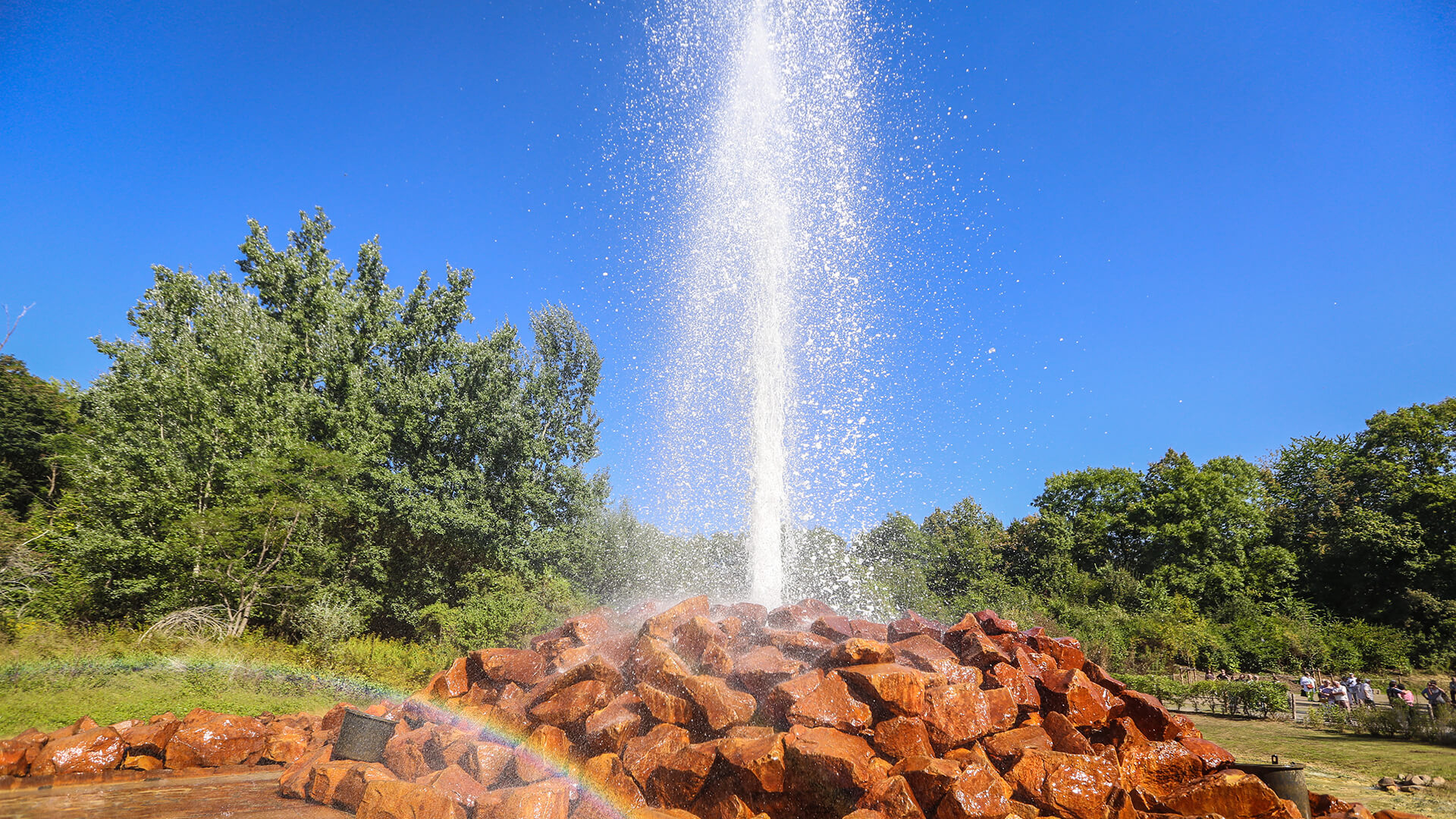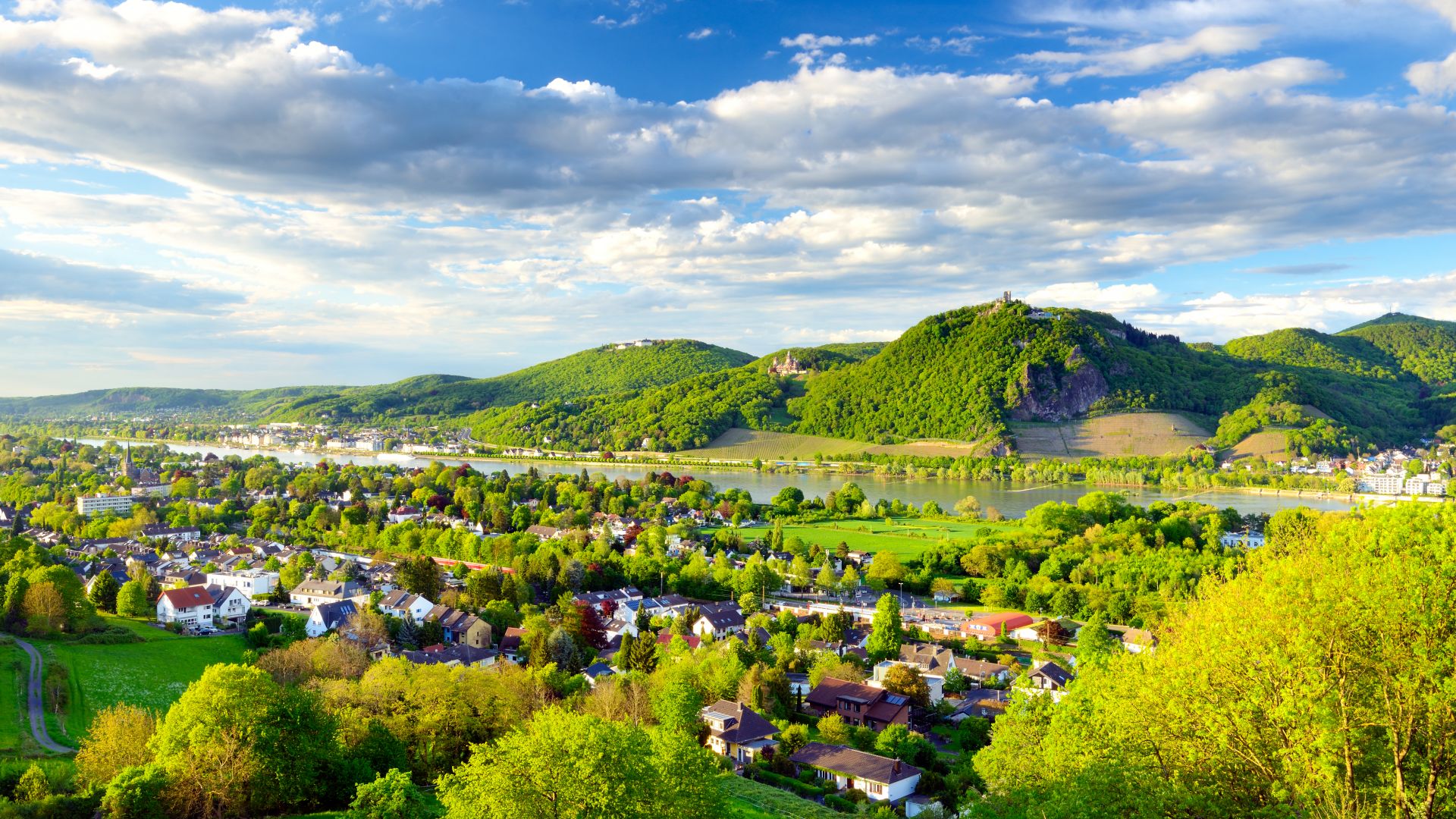Nature & Outdoor Activities
Geological time travel: land of volcanoes
Volcanic cones and crater lakes, basalt columns, and geysers: Germany's volcanoes may have been dormant for a long time, but their traces are still very much present – especially in the geological and nature parks.
They no longer spew lava and smoke. Dense forests cover their slopes, clear water fills their crater lakes: Germany's volcanoes have either been extinct for millennia, or are profoundly deep sleepers – the last eruption occurred almost 13,000 years ago.
If you go in search of their traces, you will be surprised how many regions have a volcanic past – from the Eifel region in the west, with several hundred volcanoes, to the Vogelsberg and the Rhön Mountains , to Upper Lusatia on the Czech border, and not forgetting the Kaiserstuhl and the Upper Palatinate in the south.
 Glees: Relaxing in the Natural park lake Laacher See
©DZT (Francesco Carovillano)
Glees: Relaxing in the Natural park lake Laacher See
©DZT (Francesco Carovillano)
Hiking around circular crater lakes
The geological time travel journey gets particularly exciting when you stumble across phenomena that are still active, such as in the Vulkaneifel Geopark , with over 350 volcanoes and the distinctive "Maar lakes" – circular and often deep blue lakes formed by explosions of water vapour when magma meets groundwater.
For the best overview of the Volcanic Eifel (German: Vulkaneifel), take a trip along the German Volcano Route , which includes over 40 volcano-related attractions, including cinder cones, lava streams and springs. Don't miss a visit to the cold-water geyser in Andernach, the highest of its kind in the world, which regularly shoots up to 60 metres into the air.
 Andernach: Geyser eruption
©AdobeStock (Marcel Hilger)
Andernach: Geyser eruption
©AdobeStock (Marcel Hilger)
Seven Great Mountains
To the right of the Rhine, the Siebengebirge mountain range continues the chain of volcanoes that erupted there millions of years ago. It was the Rhine that later created the romantic landscape here, which is reflected in mystical names such as the Dragon Rock, Nightingale Valley or Great Olive mountain. The Löwenburg - Lion Mountain - is one of the "seven great mountains" – from the summit with the ruins of the medieval castle, the view is particularly expansive.
Ten different geotrails around the Siebengebirge Nature Park focus on numerous volcanic relics, for example tufa caves and basalt quarries, as well as evidence of early stonemasons. If you want to delve even deeper into the subject, the Siebengebirgsmuseum in Königswinter is the place to go.
 Bonn: Siebengebirge hills
©DZT (Francesco Carovillano)
Bonn: Siebengebirge hills
©DZT (Francesco Carovillano)
Basalt Columns and Rock Cellars
Spectacular discoveries by volcanologists have caused a sensation in recent years in the Bavarian volcanic region in the Upper Palatinate. The findings meant that the date of the most recent volcanic eruption in Bavaria had to be dated millions of years earlier. The impressive basalt columns that can be seen on a hike up the 682-metre-high Rauher Kulm or the Parkstein are characteristic of this region.
Alexander von Humboldt described this basalt formation of pentagonal and hexagonal columns, which bears the seal of a National Geotope award, as "the most beautiful basalt cone in Europe". At the "Parkstein Volcano Experience", you can explore the mountain on a geopath and then visit rustic rock cellars – a detour into the heart of the volcano.